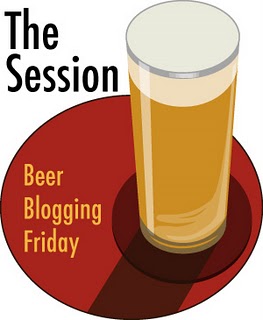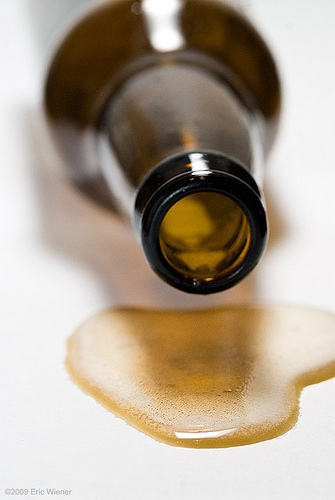Beer has been so tightly linked to geography throughout it’s long history, we tend to forget. Many beer styles are named after the cities, countries, and regions they originally came from. Two of the best ways I’ve found to explore a new place are to run around in it, and to sample the beer from it. And like many in the craft beer community, I constantly exhort anyone who will listen to support their local brewery, while simultaneously seeking out beers from distant lands that are new, novel, and exotically foreign. The Session provides a unique opportunity to explore this connection between the beer in our glasses and the place it comes from with perspectives from all over the world
So I ask for this 42nd Session that you write about a special place in your life, and a beer or brewery that connects you to that place. It can be the beer from your childhood home, a place you once lived, your current hometown, a memorable vacation you once took, or a place you’ve always wanted to go to but never had the chance. Please take a few moments to think about the how the beer connects you to this place, and share this with us. Of course, the definition of “place” is rather open ended, and in some cases, highly debatable, so it will be interesting to see the responses on what constitutes a place.
You can either provide the link to your Session contribution with a comment to this post, or you can e-mail it to me at “derrickwp (at) earthlink (dot) net”. E-mailed submissions in text form will be posted on this site with credit given to the author should anyone wish to participate this way.
I look forward to what you all write on August 6th, and will post the summary a few days later. And don’t forget, The Session is always a great reason enjoy a bottle or two from that special place and tell us about it. Cheers!
Whether you are in your hometown or on vacation halfway across the world, there is good beer to be found and plenty of stories about finding an unexpected great beer or getting a bad brew handed to you. This session will trigger many fond memories. It will also lead people to re-create past magic or replicate someone else’s golden times.
For me though, beer is the safe haven wherever I am at. Whether it be at home after work. At the Blue Palms here in Los Angeles for a special tapping. In Gorlitz, Germany on a foggy late night or with my dad at the end of the tour at Brooklyn Brewery.
Beer allows me to slow down, take stock and make sure that I am enjoying all that I can. Because I value beer, I automatically relax and enjoy how I got to that point in time in my life. We don’t get to do that enough in life so I treasure when I can get it.
I wish I could pick just one but I can’t. You can argue (validly) that Asheville is better than Portland or that the Pliny tastes better in Santa Rosa but to me the beer allows me to immerse in the place, if only for a moment. So thanks to the beers that have opened my eyes.





